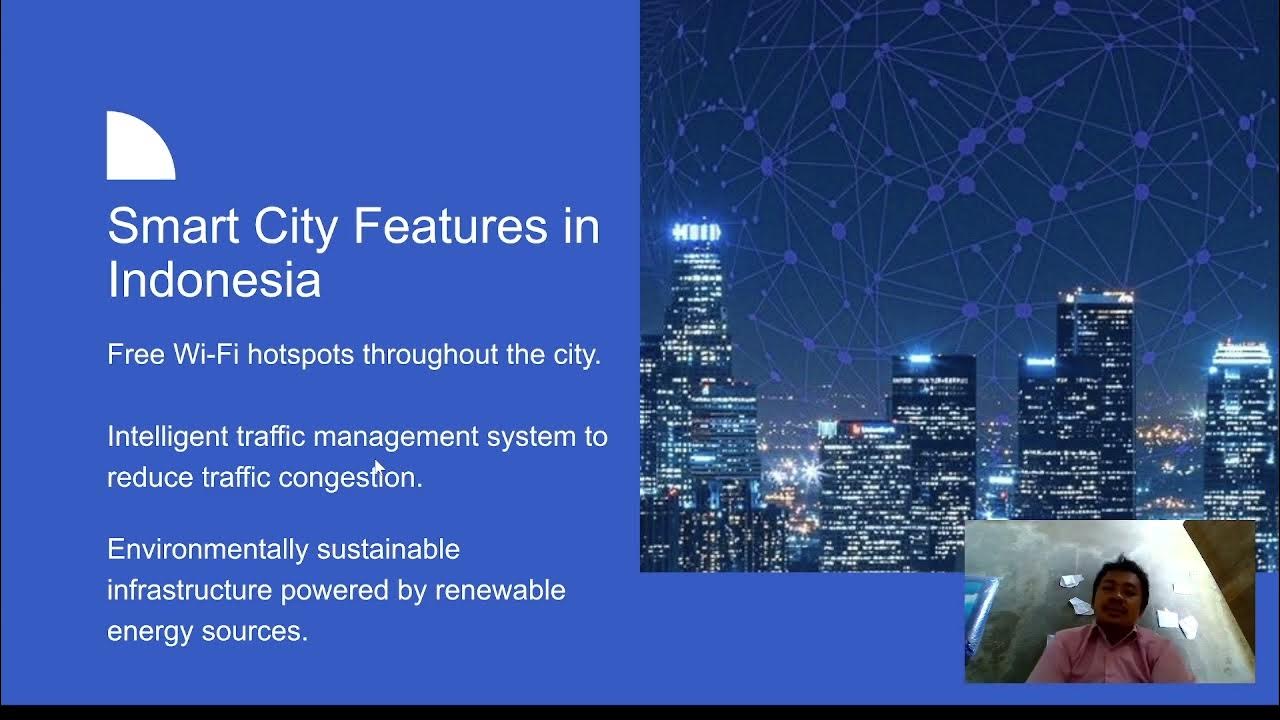Lastmanagement und Intelligente Stromnetze (Deutsch)
Summary
TLDRThis video explores load management and smart grids as vital components of future sustainable energy systems. It highlights the importance of reducing CO2 emissions, increasing the share of renewable energy sources like wind and solar, and electrifying mobility and heating sectors. The video explains how fluctuating energy production from renewables requires load control to balance energy supply and demand. Key solutions include flexible electrical loads, such as heat pumps and electric vehicles, and intelligent energy management systems. The video concludes by emphasizing the need for coordinated demand and innovative energy systems to support high renewable energy shares.
Takeaways
- 😀 Future energy systems should be climate-friendly, environmentally conscious, and not rely on fossil fuels like gas, coal, or oil.
- 🌞 Renewable energy sources like wind and solar should play a major role in energy generation, but their intermittent nature can cause fluctuations in power supply.
- ⚡ The electrification of sectors like mobility (electric vehicles) and heating (heat pumps) will increase the need for flexible energy management.
- 🔄 Load management is a key solution to balance the fluctuating energy generation from renewables with energy consumption.
- 📊 A smart grid enables real-time exchange of information between energy consumers and producers, optimizing energy flow based on demand and supply.
- ⚙️ Flexible electrical loads, such as industrial devices, battery storage, and household appliances, can adapt their energy consumption to match renewable generation.
- 🌡️ Heat pumps and electrical heating devices can be controlled to adjust their power consumption based on renewable energy availability.
- 🚗 Electric vehicles can be charged when green energy is available, further balancing the demand and supply of energy.
- 🏠 Managing peak loads in the grid is crucial to avoid damage to transformers and ensure stable operation of local grids.
- 💡 Smart energy management systems in buildings, supported by smart meters and intelligent algorithms, can regulate local energy demand without compromising privacy.
Q & A
What are the key characteristics that future energy systems should have?
-Future energy systems should be climate-friendly, meaning they should not emit CO2. They should also be environmentally friendly and not rely on fossil fuels such as gas, coal, or oil.
What steps are necessary for transitioning to a sustainable energy system?
-The transition requires increasing the share of renewable energies like wind and solar, as well as electrifying the mobility and heating sectors, particularly through heat pumps and electric vehicles.
What is the problem associated with increasing renewable energy sources like wind and solar?
-The increase in renewable energy sources leads to fluctuating electricity generation, which can create challenges in balancing supply and demand.
How does the fluctuating nature of renewable energy generation impact the electricity grid?
-Fluctuating electricity generation causes periods of excess and shortage in power supply, which must be balanced to maintain grid stability.
What is load control (Laststeuerung), and why is it important?
-Load control refers to adjusting electricity consumption to match the fluctuating supply of renewable energy. It is crucial for balancing supply and demand and preventing overloads on the electricity grid.
What role do flexible electrical loads play in load control?
-Flexible electrical loads, such as industrial equipment, battery storage systems, electric vehicles, and household appliances, can adjust their electricity consumption based on the availability of renewable energy, helping to balance the grid.
How can a heat pump contribute to load control in buildings?
-A heat pump in a building can adjust its heating output based on electricity consumption patterns. It can use excess renewable energy when available, and reduce its operation during times of low renewable energy generation.
What is the challenge posed by electric vehicles and heat pumps in terms of load peaks?
-The electrification of mobility and heating sectors can lead to higher peak demand for electricity, especially when many buildings and electric vehicles demand power at the same time. This can stress the local grid infrastructure.
How can load peaks in the grid be managed to avoid damage to infrastructure?
-To avoid damaging the grid, especially transformers, load peaks can be managed by coordinating electricity demand, using thermal storage systems in buildings and batteries in electric vehicles to shift demand away from critical periods.
What is an intelligent power grid, and how does it help in load control?
-An intelligent power grid (smart grid) integrates energy management systems in buildings and uses smart meters to track energy consumption and generation. It enables real-time communication and coordination between consumers and producers, enhancing load control and grid efficiency.
What other technologies and infrastructure are needed to support a high share of renewable energy?
-In addition to load control, a high share of renewable energy requires adjustable renewable energy sources like biomass and hydropower, storage solutions such as batteries and pumped-storage power plants, grid expansion, and power-to-gas technologies for generating hydrogen.
Outlines

This section is available to paid users only. Please upgrade to access this part.
Upgrade NowMindmap

This section is available to paid users only. Please upgrade to access this part.
Upgrade NowKeywords

This section is available to paid users only. Please upgrade to access this part.
Upgrade NowHighlights

This section is available to paid users only. Please upgrade to access this part.
Upgrade NowTranscripts

This section is available to paid users only. Please upgrade to access this part.
Upgrade Now5.0 / 5 (0 votes)





